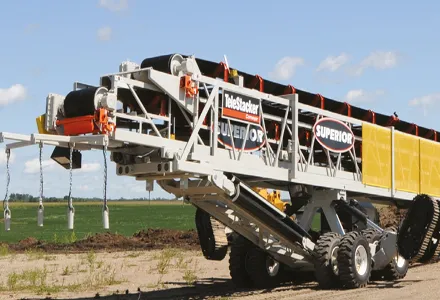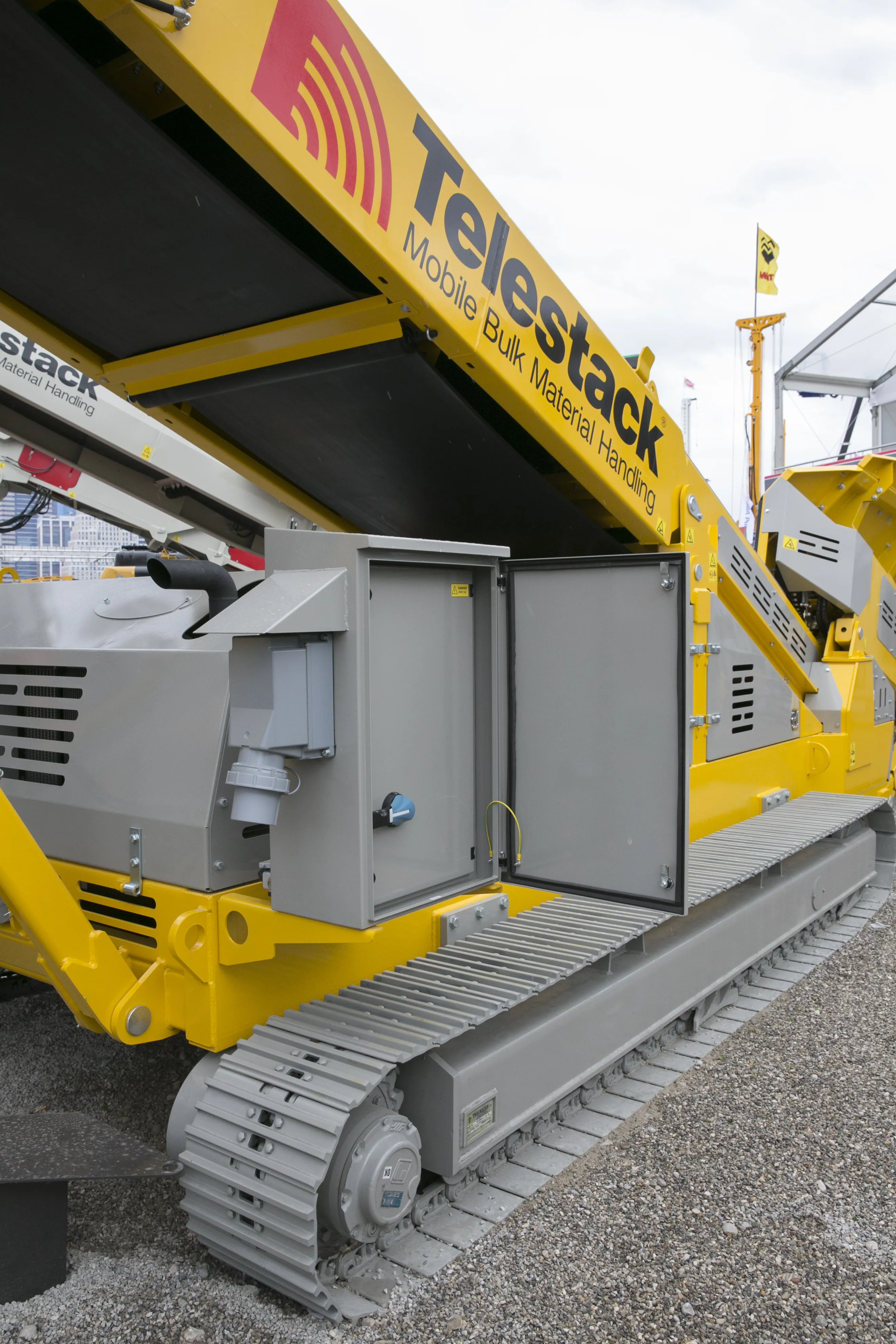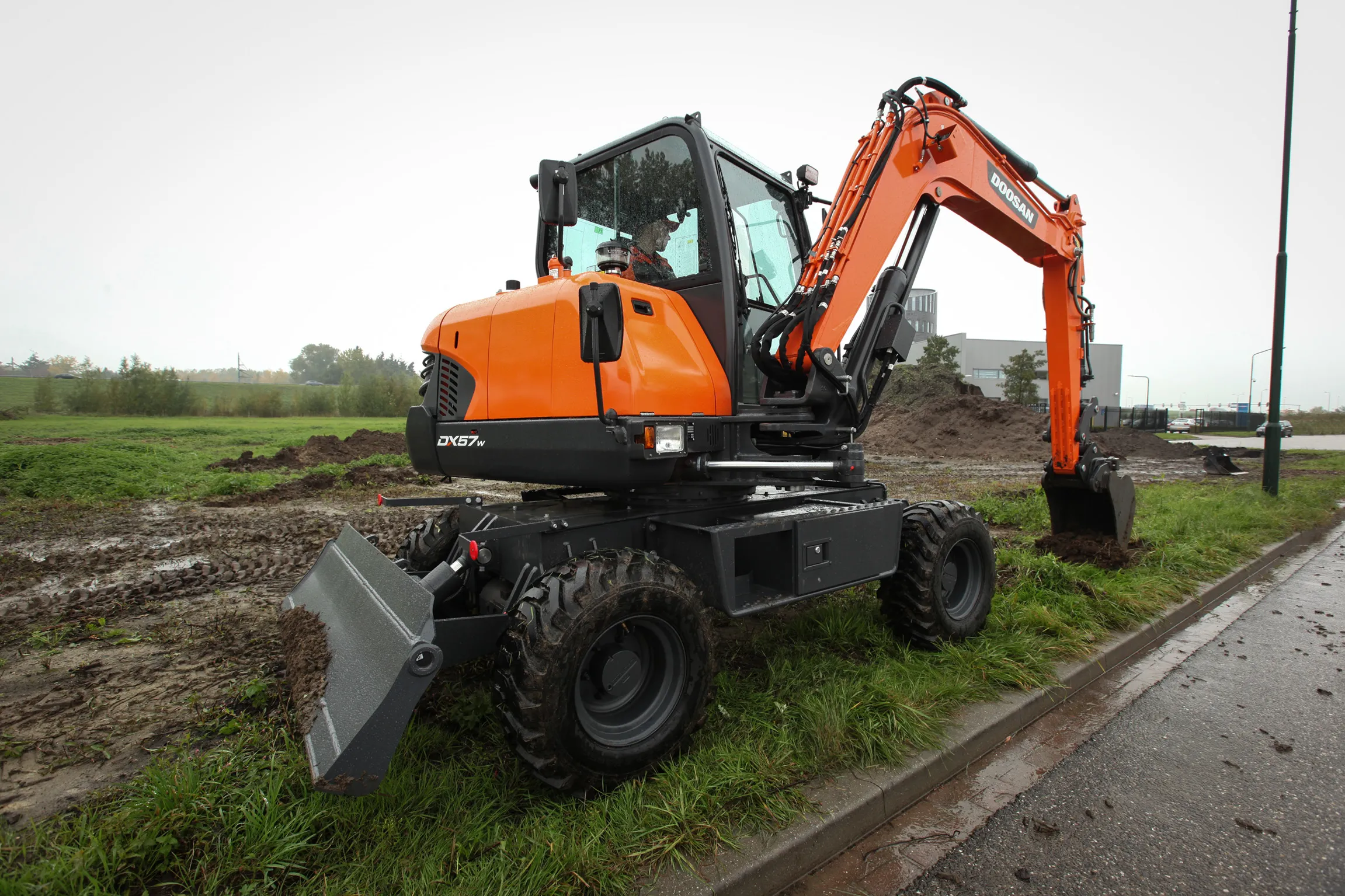Superior Industries (SI) claims its TeleStacker Conveyor can stockpile 30% more material per move than similar radial stackers. Said by SI to be the largest heavyduty machine of its kind in the world, the Telestacker conveyor has an operating tonnage ranging from 200-5,000t/ph and is available as a specially configured Mine Duty model designed and built, in the main, for mining industry and heap leaching applications. According to SI, a key element of the TeleStacker conveyor design is the patented FB Under
September 4, 2012
Read time: 2 mins

The FB Undercarriage is constructed of durable steel and features a tubular braced structure to prevent twisting and shifting. Further enhancing the safety and stability of the entire machine is the strategic placement of standard hydraulic cylinders, placed on the outside of the undercarriage for units up to 46m in length or on the inside for those units greater than 46m.
To ensure smooth mobility and flotation even over difficult terrain, the TeleStacker conveyor can be equipped with steel tracks and attached to Superior’s patented FD Series Axle. SI says every TeleStacker Conveyor is custom designed and built to accommodateindividual requirements and unique applications.
The Mine Duty model is equipped with belt widths ranging from 7.31m to 22m. Additionally, every unit incorporates mine-duty 2.0 pulleys and idlers, manufactured by SI.







